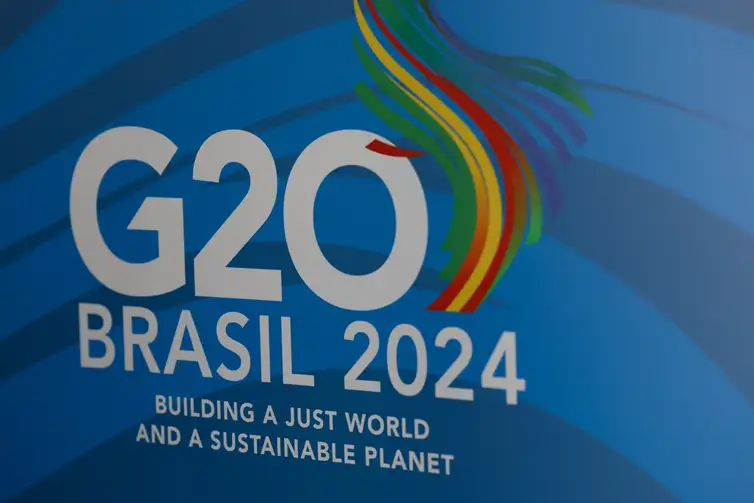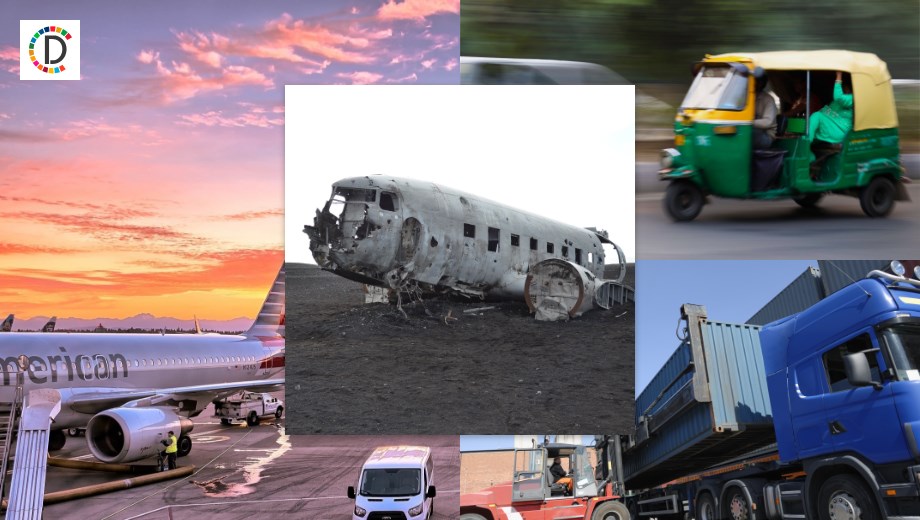Aviation Industry Forecasts Sky-High Profits by 2024
Amid record-breaking passenger numbers and revenue forecasts, the global airline industry anticipates a notable increase in profits by 2024, presenting both formidable challenges and opportunities.
Published June 04, 2024 - 00:06am

Image recovered from thepeninsulaqatar.com
Dubai: As the world steadily recovers from the blows dealt by the Covid-19 pandemic, the aviation industry projects a robust comeback, with anticipated record highs in both passenger numbers and revenues by 2024 according to the International Air Transport Association (IATA). The airline trade body, representing the collective voice of the industry, eyes nearly five billion passengers and close to $1 trillion in revenues, marking a historic surge in growth. At the heart of this resurgence, net earnings are expected to leap to $30 billion this year, a notable rise from the $25.7 billion previously estimated.
This forecast, however, comes with its own set of unprecedented costs. Airlines are predicted to face a total expenditure of $936 billion, climbing 9.4 percent from past figures. This daunting spike in expenses underscores sustainability challenges faced by the industry, including the pressing need to integrate climate change mitigation measures and overcome supply chain hiccups. Notable environmental concerns, such as flooded runways and forest fires, have amplified the urgency to adapt, with recent events like the extreme flooding in Dubai's airport serving as wake-up calls.
The resilience of the airline business is further evidenced by a record order for 470 aircraft by Air India last year, and Indian aviation appears set to take off with the 2025 IATA AGM planned in New Delhi. However, IATA director general Willie Walsh cautions that while the industry's profitability reflects a strong recovery, it continues to grapple with regulatory hassles, taxes, and supply chain hurdles that threaten to stall momentum. Despite these potential dampeners, the forecast of record passenger involvement underscores aviation's indispensable role in fulfilling the aspirations of both individuals and economies globally.
Middle Eastern carriers, moreover, are projected to witness a profit ascent to $3.8 billion, an indicator of the region's vigorous economic landscape and strategic investments in tourism and infrastructure. Vigilance remains paramount as the expected net profit margin, while marginally improving, stands at just 3.1 percent, translating to a moderate $6.14 per passenger. As the looming specter of climate change becomes more evident, airlines are swiftly pivoting towards sustainable aviation fuel (SAF), though current production levels barely scratch the surface of industry needs.
Amid these transformative times for aviation, Walsh emphasizes the need to bolster financial resilience and profitability. This, he asserts, is critical for securing ongoing investment in client services and accelerating sustainability endeavors. With a staunch commitment to a 'net zero' carbon emissions target by 2050, the global airline industry is not just aiming for a financial upturn but also for an environmental revolution, signaling a new altitude of responsible enterprise.
The optimism surrounding the airline industry's resurgence is not solely tethered to projected financial figures. The sector's upturn symbolizes a global society en route to reclaiming its rhythm and interconnectivity post-pandemic. The aviation arena faces a unique juncture where it not only has the opportunity to rebuild but also to reimagine its practices to better fit an environment-conscious frame of modernity. A critical component of this endeavor will be the development and adoption of innovative technologies. This includes not just the SAFs but also advancements in air traffic management systems and increasingly efficient and cleaner aircraft designs.
The ambitious goals set by aviation leaders echo a broader trend in global transportation sectors towards decarbonization. Electric-powered and hydrogen-fueled aircraft are among future milestones that hold the promise of substantially reducing the industry's carbon footprint. These kinds of long-term investments will be crucial for airlines to maintain a sustainable growth trajectory while adhering to international environmental agreements and public demand for greener travel options.
Governments across the world are also stepping up efforts to facilitate this boom in air travel, with significant policy shifts and infrastructure development. In particular, visa facilitation and investments in smart airport technologies are being pursued to improve passenger experience and accommodate the impending rise in air traffic. Moreover, to safeguard against future pandemics or similar crises, there is a concerted move towards rigorous health and safety standards, such as the IATA Travel Pass, which are being embedded into the air travel routine to foster confidence among travelers.
Consumer behaviors and preferences are evidently shifting too, with a surge in demand for leisure travel as people seek to make up for the lost time during lockdowns and travel restrictions. Business travel is also witnessing a gradual but steady rebound, although the shapes and sizes of this segment's recovery are expected to alter, influenced by the rise of virtual meetings and the changing nature of work. Airlines are, therefore, expected to reassess and renovate their service offerings, from cabin configuration to loyalty programs, to adapt to the transformed landscape of business and leisure travel.
Regional disparities in the recovery and growth of airline industries, nonetheless, remain a prevailing theme. While carriers in North America and the Middle East project substantial profits as domestic and inter-regional connectivity flourishes, carriers in markets with strict border controls or slower vaccination rollouts may face an arduous path to pre-pandemic levels. The interplay of global economic recovery, vaccine distribution, and consumer confidence will hence continue to delineate the contours of the aviation industry's rebound.
This overall industry upswing is further reflected in the job market, with airlines and support services gearing up for an influx of recruitment to meet escalating operational demands. This has the dual effect of aiding economic recovery efforts through job creation and ensuring that the growing industry maintains high standards in customer service amidst the surge in passenger volumes. Training and development programs are also getting a reboot, with an increased focus on digital skills and sustainability practices.
On the communications frontier, airlines are ramping up their engagement with customers through digital channels, employing sophisticated marketing strategies that hinge on personalization and flexibility. Covid-19 has highlighted the need for air travel flexibility like never before, prompting the creation of new products that allow passengers greater control over their travel plans. This includes flexible fares, extended rebooking options, and enhanced travel insurance coverage. Airlines are also investing in customer data analytics to fine-tune offerings and streamline operations, adding another layer of resilience to the sector's growth equation.
Finally, collaboration among stakeholders in the aviation ecosystem – governments, airlines, airports, and technology providers – remains a cornerstone of the industry's ambitious outlook. The strength of these partnerships will shape the runway for the industry's future, enabling a symbiotic evolution of economic viability and environmental stewardship. As the horizon for air travel brightens, the onus is on all actors within the field to ensure that the takeoff is smooth and leads to a sustainable and inclusive trajectory.







